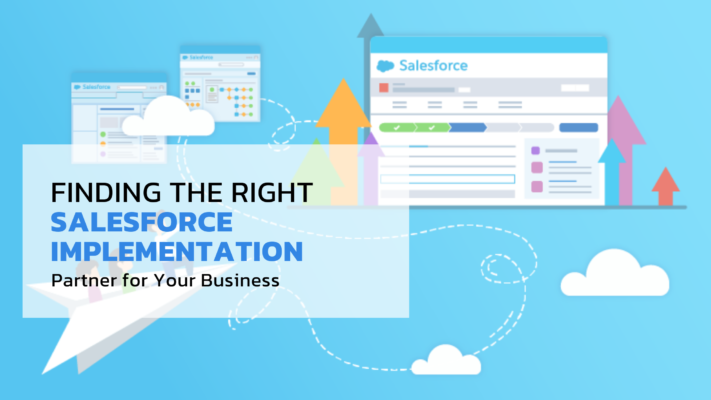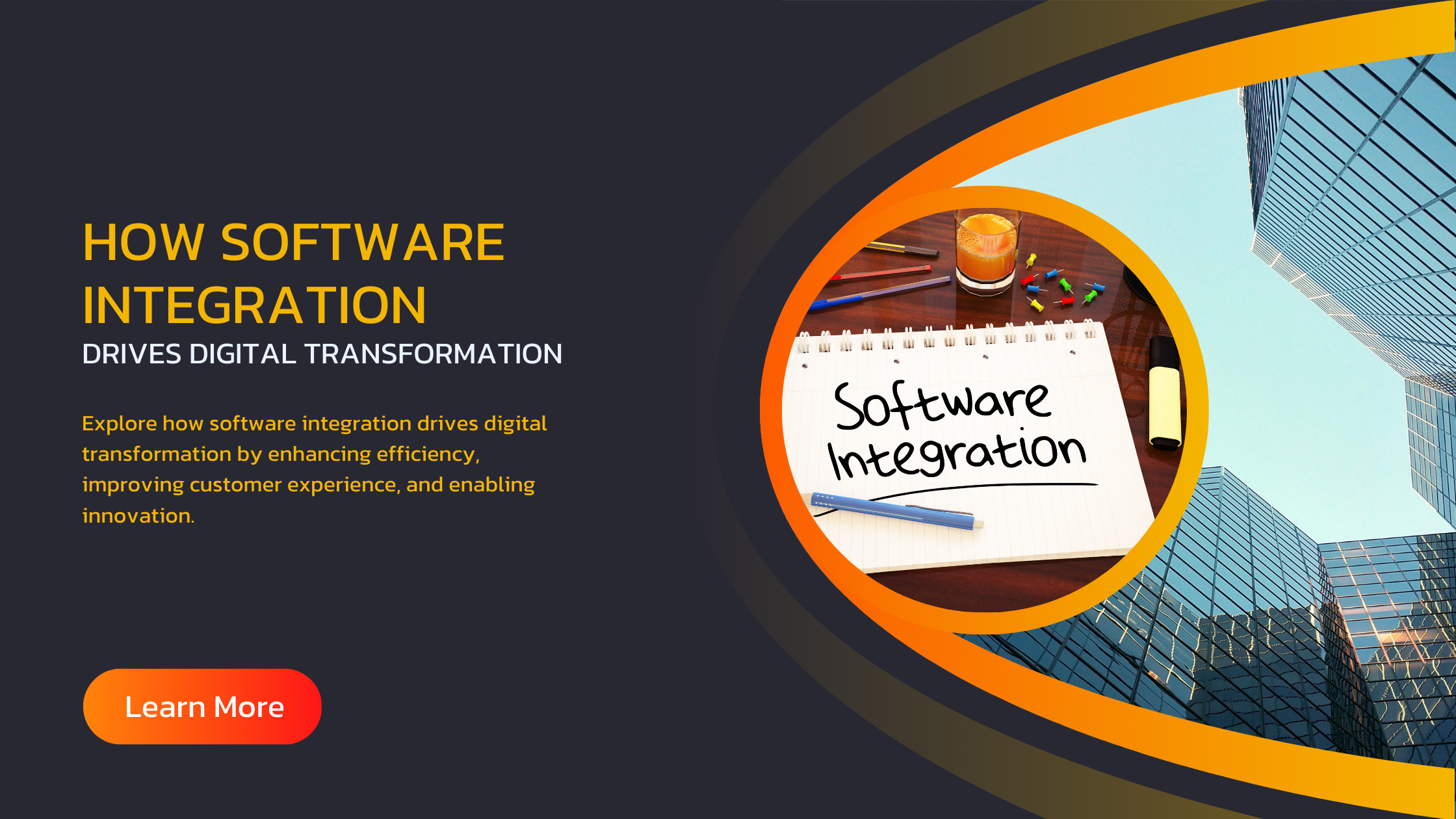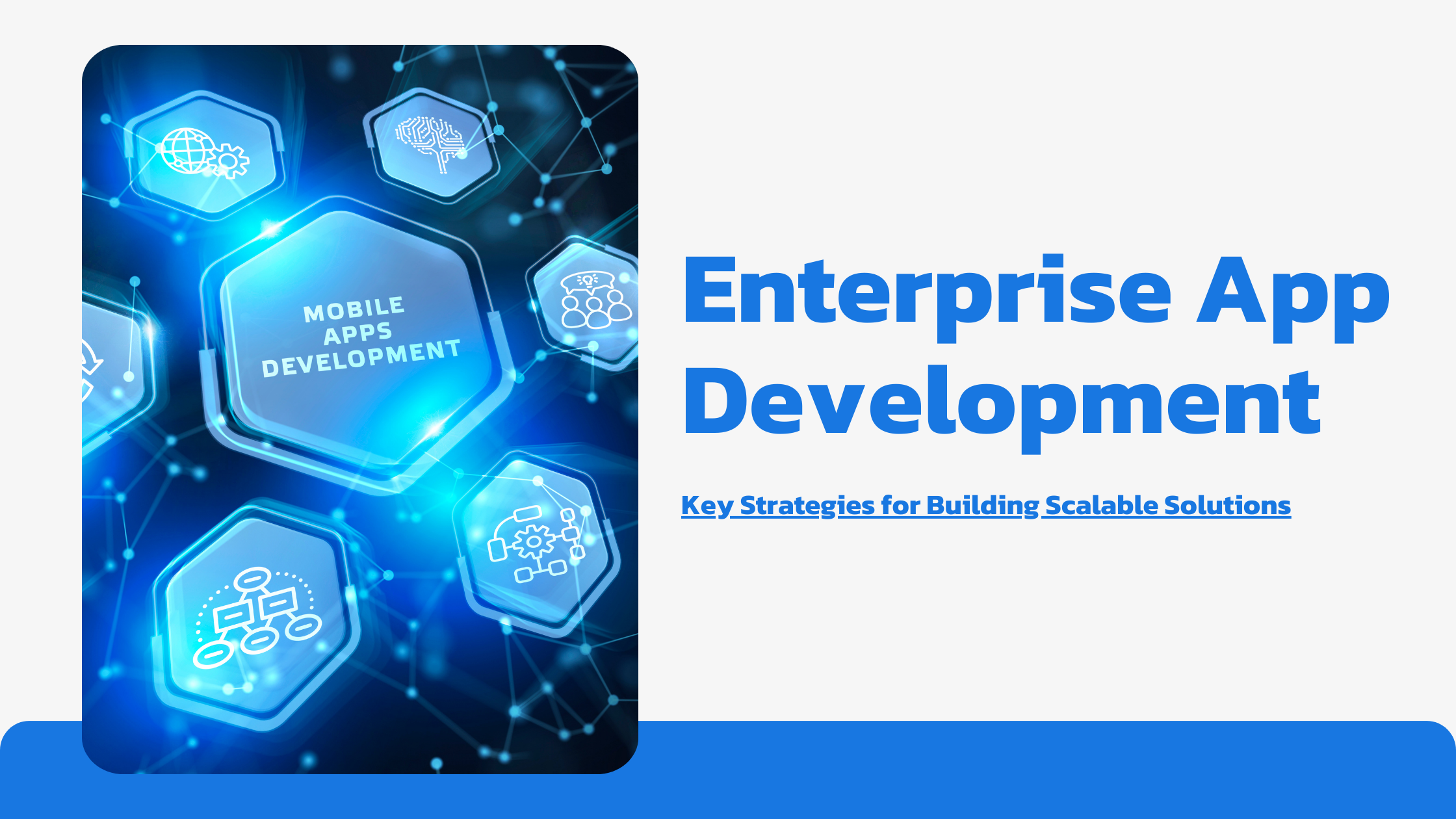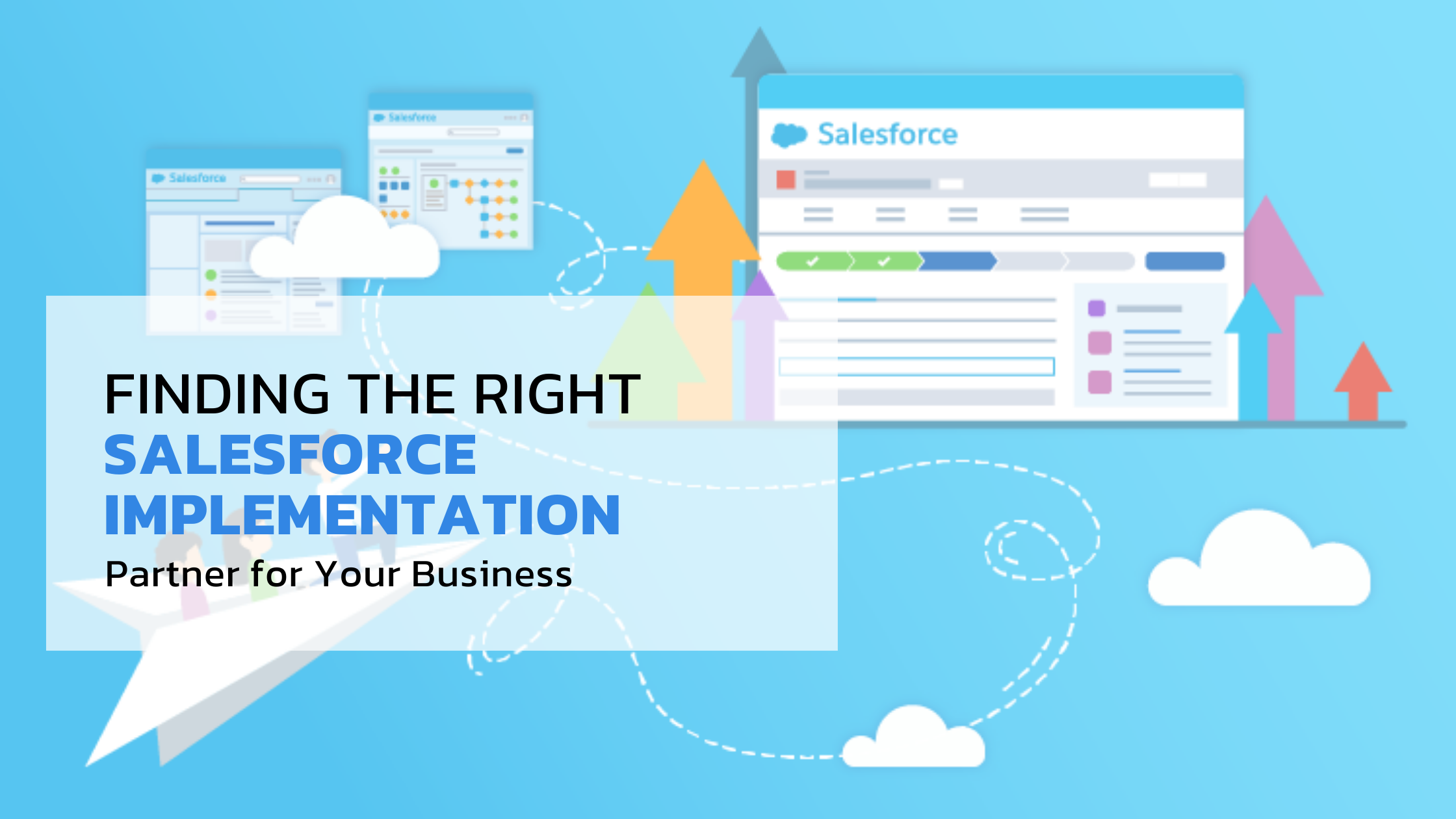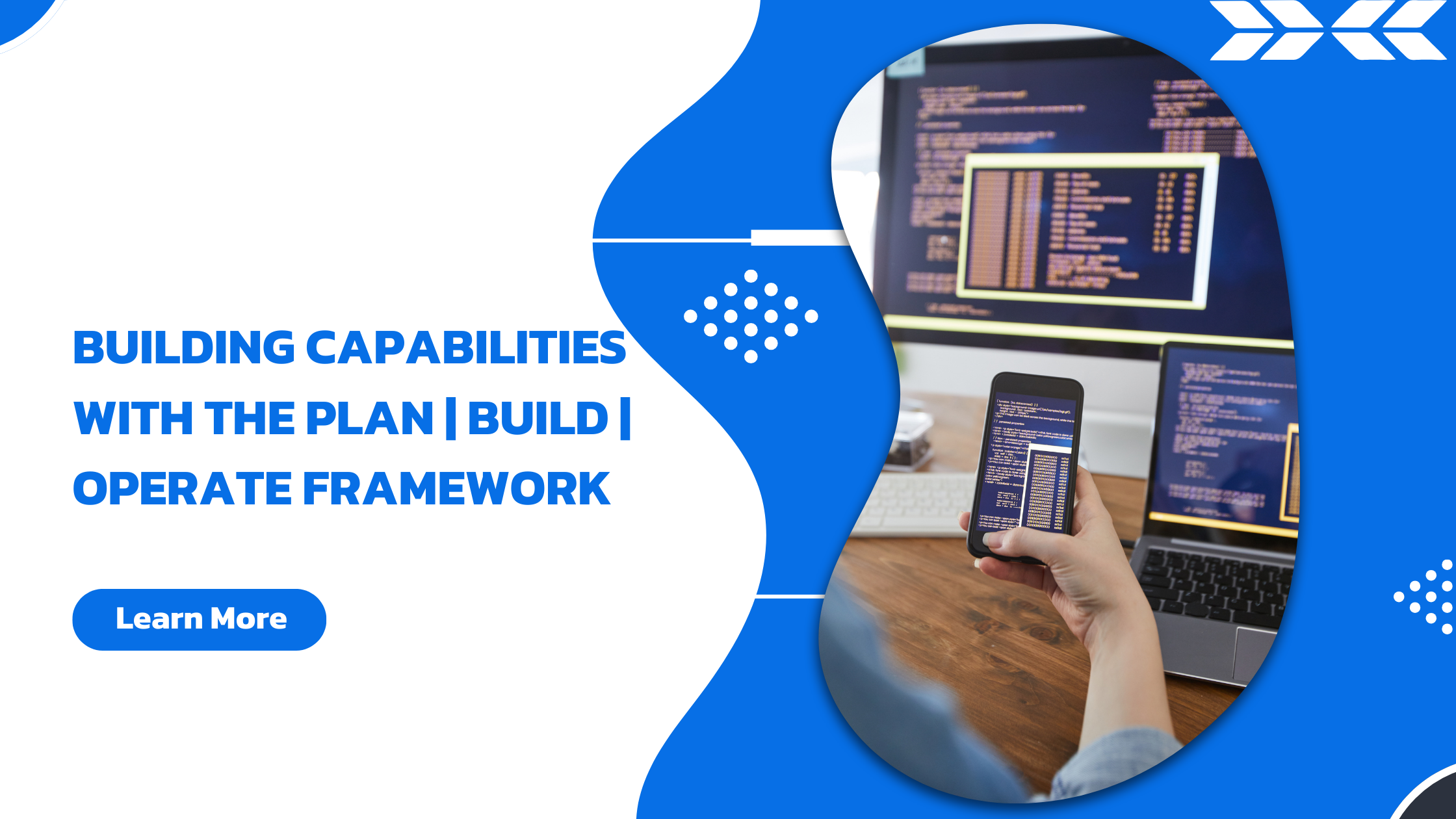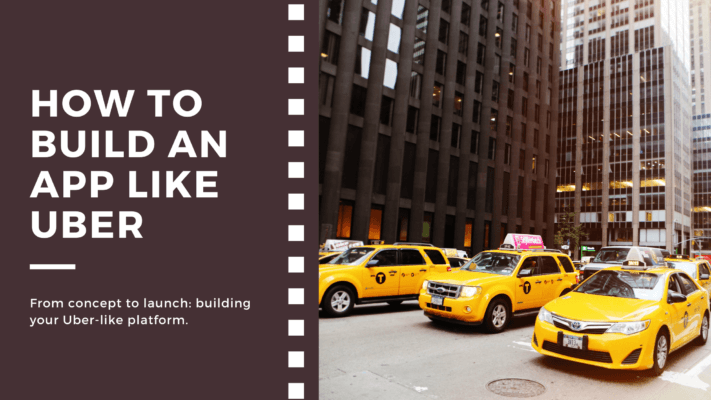
Are you an aspiring entrepreneur with a vision to revolutionize the ride-sharing industry? Or perhaps you’re a developer looking to create the next big thing in on-demand services? Whatever your motivation, learning how to build an app like Uber can be an exciting and rewarding journey. In this comprehensive guide, we’ll walk you through the process of creating a ride-hailing app that could potentially disrupt the market.
Uber has undeniably changed the way we think about transportation, and its success has inspired countless entrepreneurs to follow suit. But how exactly do you go about building an app like Uber? What are the key components, and what steps should you follow to ensure your app’s success? Let’s dive in and explore the world of ride-sharing app development.
Step 1: Market Research and Conceptualization
Before you even begin to think about coding, it’s crucial to understand the market you’re entering. Building an app like Uber requires more than just technical know-how; it demands a deep understanding of your target audience and the problem you’re trying to solve.
Start by asking yourself these questions:
1. What unique value proposition can your app offer?
2. How will your app differentiate itself from Uber and other competitors?
3. What specific market or niche are you targeting?
4. What are the pain points of your potential users that your app will address?
Conduct thorough market research to identify trends, analyze competitors, and understand user behavior. This step is crucial in determining the viability of your idea and shaping your app’s unique features.
Remember, while you’re learning how to build an app like Uber, you’re not just copying their model. You’re creating a solution that addresses specific needs in your target market. This could mean focusing on a particular geographic area, catering to a specific demographic, or offering unique features that set you apart from the competition.
Step 2: Define Your App’s Core Features
Now that you have a clear vision of your app’s purpose, it’s time to define its core features. When considering how to build an app like Uber, it’s important to remember that your app should include both basic functionalities and unique features that set it apart.
Here are some essential features to consider:
1. User registration and profile management
2. Geolocation and mapping
3. Ride booking and cancellation
4. Driver-passenger matching algorithm
5. In-app messaging and calling
6. Payment integration
7. Rating and review system
8. Push notifications
9. Ride history and receipts
10. Emergency support
While these features form the backbone of any ride-sharing app, don’t be afraid to innovate. Perhaps your app could offer carpooling options, integrate with public transportation, or provide unique safety features. The key is to balance essential functionalities with innovative features that address your target market’s specific needs.
Step 3: Choose Your Technology Stack
Selecting the right technology stack is a crucial step in learning how to build an app like Uber. Your choice of technologies will impact your app’s performance, scalability, and development speed.
Here’s a typical technology stack for a ride-sharing app:
1. Frontend (Mobile Apps):
– iOS: Swift or Objective-C
– Android: Kotlin or Java
– Cross-platform: React Native or Flutter
2. Backend:
– Programming Language: Node.js, Python, or Ruby on Rails
– Framework: Express.js, Django, or Ruby on Rails
– Database: PostgreSQL or MongoDB
– Cloud Services: AWS, Google Cloud, or Microsoft Azure
3. APIs and Third-party Services:
– Maps: Google Maps API or Mapbox
– Payment Gateway: Stripe, PayPal, or Braintree
– Push Notifications: Firebase Cloud Messaging or Apple Push Notification Service
– SMS and Voice Calls: Twilio
4. Real-time Communication:
– WebSockets or Socket.io for real-time updates
5. Analytics and Monitoring:
– Google Analytics, Mixpanel, or Amplitude
Remember, the technology stack you choose should align with your team’s expertise and your project’s specific requirements. It’s also worth considering factors like community support, scalability, and long-term maintenance when making your decisions.
Step 4: Design the User Interface and User Experience
A sleek, intuitive user interface (UI) and a smooth user experience (UX) are crucial when learning how to build an app like Uber. Your app’s design should be user-friendly, visually appealing, and aligned with your brand identity.
Here are some key considerations for designing your ride-sharing app:
1. Intuitive Navigation: Users should be able to book a ride with minimal taps.
2. Clear Visual Hierarchy: Important information should be easily noticeable.
3. Consistency: Maintain a consistent design language across all screens.
4. Responsive Design: Ensure your app looks good on various device sizes.
5. Accessibility: Design with all users in mind, including those with disabilities.
6. Feedback and Micro-interactions: Provide visual feedback for user actions.
7. Branding: Incorporate your brand colors, logo, and overall aesthetic.
When designing your app, keep in mind the user journey. From opening the app to completing a ride, every step should be smooth and intuitive. Use wireframing and prototyping tools to visualize and test your designs before moving to development.
Step 5: Develop the Backend Infrastructure
The backend is the engine that powers your app, handling everything from user authentication to ride matching and payment processing. When learning how to build an app like Uber, developing a robust backend infrastructure is crucial.
Key components of your backend infrastructure include:
1. User Management System: Handle user registration, authentication, and profile management.
2. Geolocation Services: Process location data from users and drivers.
3. Matching Algorithm: Develop an efficient algorithm to match riders with nearby drivers.
4. Payment Processing: Integrate a secure payment gateway to handle transactions.
5. Notification System: Implement push notifications to keep users informed about their rides.
6. Analytics and Reporting: Set up systems to collect and analyze app usage data.
7. API Development: Create APIs that allow your mobile apps to communicate with the backend.
8. Database Management: Design and implement a database structure to store user data, ride information, and other necessary details.
9. Security Measures: Implement robust security protocols to protect user data and prevent unauthorized access.
Remember, scalability is key when building an app like Uber. Your backend should be able to handle a growing number of users and increasing amounts of data without compromising performance.
Step 6: Develop the Mobile Applications
With your backend infrastructure in place, it’s time to bring your app to life on mobile devices. When considering how to build an app like Uber, you’ll need to develop applications for both iOS and Android platforms to reach the widest possible audience.
Here are some key aspects to focus on during mobile app development:
1. User Interface Implementation: Translate your UI designs into functional app screens.
2. Integration with Backend APIs: Ensure smooth communication between your mobile apps and backend services.
3. Geolocation and Mapping: Implement accurate location tracking and map display functionality.
4. Real-time Updates: Use WebSocket or similar technology for real-time ride status updates.
5. Offline Mode: Implement features that work even when users have poor or no internet connection.
6. Performance Optimization: Ensure your app runs smoothly, with fast load times and minimal battery drain.
7. Device Compatibility: Test your app on various devices and OS versions to ensure wide compatibility.
8. Local Data Storage: Implement secure local storage for user preferences and cached data.
9. Deep Linking: Set up deep linking to allow users to access specific app screens directly from notifications or external links.
10. App Store Optimization: Prepare your app for submission to the App Store and Google Play Store, including creating compelling descriptions and screenshots.
Remember, the key to successfully building an app like Uber is creating a seamless, intuitive experience for both riders and drivers. Regular testing and user feedback should be integral parts of your development process.
Step 7: Implement Key Features and Functionalities
Now that you have your basic app structure in place, it’s time to implement the core features that will make your app stand out. When learning how to build an app like Uber, it’s important to focus on both essential functionalities and unique features that set your app apart.
Here are some key features to implement:
1. User Registration and Profile Management:
– Allow users to sign up using email, phone number, or social media accounts.
– Implement secure authentication mechanisms.
– Enable users to manage their profiles, including adding profile pictures and payment information.
2. Ride Booking System:
– Implement an intuitive ride booking process.
– Allow users to set pickup and drop-off locations.
– Provide fare estimates before booking.
– Enable scheduling of future rides.
3. Driver-Passenger Matching:
– Develop an efficient algorithm to match passengers with nearby drivers.
– Consider factors like driver ratings, vehicle type, and estimated arrival time.
4. Real-time Tracking:
– Implement real-time tracking of driver location.
– Provide estimated arrival times and route information.
5. In-app Communication:
– Enable in-app messaging between drivers and passengers.
– Implement a masked calling feature to protect user privacy.
6. Payment Integration:
– Integrate multiple payment options (credit cards, digital wallets, cash).
– Implement secure payment processing.
– Provide detailed ride receipts and payment history.
7. Rating and Review System:
– Allow both drivers and passengers to rate each other after a ride.
– Implement a system to handle and display user reviews.
8. Safety Features:
– Implement an SOS button for emergencies.
– Add features like ride sharing and driver background checks.
9. Promotions and Referrals:
– Implement a system for promotional codes and discounts.
– Create a referral program to encourage user growth.
10. Multi-language Support:
– Implement language localization to cater to a diverse user base.
Remember, the key to successfully building an app like Uber is not just implementing these features, but ensuring they work seamlessly together to provide a smooth user experience.
Step 8: Testing and Quality Assurance
Quality assurance is a crucial step in learning how to build an app like Uber. Thorough testing ensures that your app is reliable, secure, and provides a seamless user experience. Here’s how to approach testing:
1. Functional Testing:
– Test all features and functionalities of your app.
– Ensure all buttons, links, and forms work as expected.
– Verify that the app behaves correctly under different scenarios (e.g., no internet connection, low battery).
2. Usability Testing:
– Conduct user testing to gather feedback on the app’s ease of use.
– Identify and address any pain points in the user journey.
3. Performance Testing:
– Test the app’s speed and responsiveness under various conditions.
– Ensure the app can handle a large number of concurrent users.
4. Security Testing:
– Conduct penetration testing to identify potential vulnerabilities.
– Ensure user data is properly encrypted and protected.
5. Compatibility Testing:
– Test the app on different devices and OS versions.
– Ensure the app works well with different screen sizes and resolutions.
6. Localization Testing:
– If your app supports multiple languages, test all language versions.
– Ensure all text is properly translated and fits within the UI.
7. Payment Testing:
– Thoroughly test all payment flows to ensure they’re secure and error-free.
– Test different payment scenarios (successful payments, failed payments, refunds).
8. GPS and Location Testing:
– Test the accuracy of GPS tracking and location-based features.
– Ensure the app works correctly in areas with poor GPS signal.
9. Push Notification Testing:
– Test that push notifications are delivered correctly and on time.
– Ensure users can manage their notification preferences.
10. Beta Testing:
– Release a beta version of your app to a select group of users.
– Gather real-world feedback and identify any issues missed in internal testing.
Remember, testing is an ongoing process. Even after launch, you should continuously monitor your app’s performance and user feedback to identify and address any issues.
Step 9: Launch and Marketing
You’ve put in the hard work of learning how to build an app like Uber, and now it’s time to introduce it to the world. Launching and marketing your app effectively is crucial for its success. Here’s how to approach this step:
1. Soft Launch:
– Consider launching your app in a limited geographic area first.
– This allows you to test your operations and gather initial user feedback.
2. App Store Optimization (ASO):
– Optimize your app’s title, description, and keywords for better visibility in app stores.
– Create compelling screenshots and app preview videos.
3. Website and Landing Page:
– Develop a website or landing page for your app.
– Clearly communicate your app’s value proposition and features.
4. Social Media Marketing:
– Create and maintain active social media profiles for your app.
– Share updates, promotions, and engage with your audience.
5. Content Marketing:
– Start a blog to share relevant content with your target audience.
– Consider creating video tutorials or user guides for your app.
6. Influencer Partnerships:
– Collaborate with influencers in your target market to promote your app.
– Offer special promotions or discounts for their followers.
7. Paid Advertising:
– Invest in targeted ads on platforms like Google Ads, Facebook, and Instagram.
– Consider retargeting campaigns to re-engage users who have shown interest.
8. PR and Media Outreach:
– Reach out to relevant media outlets and bloggers.
– Prepare press releases and media kits.
9. Referral Program:
– Implement a referral program to encourage existing users to invite others.
– Offer incentives for both the referrer and the new user.
10. Local Partnerships:
– Partner with local businesses or events to increase visibility.
– Offer special promotions or integrations with local services.
Remember, marketing is an ongoing process. Continuously analyze your marketing efforts, gather user feedback, and adjust your strategies accordingly.
Step 10: Maintenance and Continuous Improvement
Launching your app is just the beginning of your journey in learning how to build an app like Uber. To ensure long-term success, you need to focus on maintenance and continuous improvement. Here’s how to approach this final step:
1. Regular Updates:
– Keep your app up-to-date with the latest OS versions and device capabilities.
– Regularly release bug fixes and performance improvements.
2. Feature Enhancement:
– Continuously gather user feedback and analyze app usage data.
– Prioritize and develop new features based on user needs and market trends.
3. Performance Monitoring:
– Use analytics tools to monitor app performance and user behavior.
– Identify and address any performance issues promptly.
4. Security Updates:
– Stay vigilant about potential security threats.
– Regularly update your security measures to protect user data.
5. Customer Support:
– Provide responsive customer support through multiple channels.
– Use customer feedback to improve your app and services.
6. Scaling Infrastructure:
– As your user base grows, scale your backend infrastructure accordingly.
– Optimize your systems for increased load and data volume.
7. Competitor Analysis:
– Keep an eye on your competitors and industry trends.
– Continuously innovate to stay ahead in the market.
8. Regulatory Compliance:
– Stay updated with relevant regulations in your operating regions.
– Ensure your app remains compliant with all applicable laws.
9. User Retention Strategies:
– Implement strategies to keep users engaged and active.
– Consider loyalty programs or personalized offers.
10. Continuous Learning:
– Stay updated with the latest technologies and development practices.
– Invest in training and development for your team.
Remember, building an app like Uber is an ongoing process. Your app should evolve with your users’ needs and market conditions to ensure long-term success.
Conclusion
Learning how to build an app like Uber is a complex but rewarding journey. From conceptualization to launch and beyond, each step requires careful planning and execution. By following this guide, you’ve gained insights into the key components of developing a successful ride-sharing app.
Remember, the key to success lies not just in replicating Uber’s features, but in understanding your target market and offering unique value. As you embark on your app development journey, stay focused on your users’ needs and be prepared to adapt and evolve your app over time.
Building an app like Uber requires a combination of technical expertise, market understanding, and business acumen. If you’re looking for a partner to help bring your ride-sharing app idea to life, consider reaching out to Upcore Technologies. With their experience in developing innovative mobile applications, they can provide the expertise and support you need to turn your vision into reality.
Now that you have a comprehensive understanding of how to build an app like Uber, it’s time to take the first step towards creating your own ride-sharing revolution. Good luck on your app development journey!


